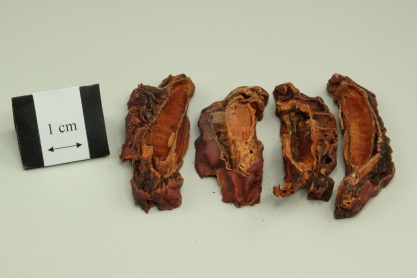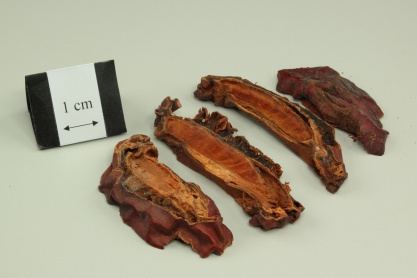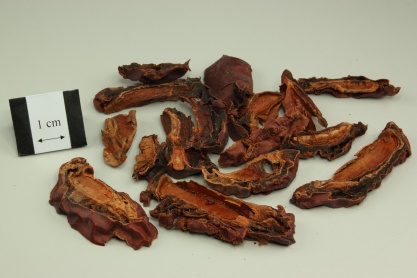木瓜
- ENG
- Common Floweringqince Fruit
- LATIN
- Chaenomelis Fructus
| Medicinal Group | Wind-dampness-dispelling and cold-dispersing medicinal |
|---|---|
| Source | Dried nearly ripe fruit of Chaenomeles speciosa (Sweet) Nakai (Fam. Rosaceae) |
| Nature and Flavors | sour; warm |
| Meridian Affinity | Liver, Spleen |
| Actions | To pacify liver-yang and lessen contracture, regulate stomach function and dispel damp |
Family
Rosaceae
Part used
Fruit
Indications
Arthritis with ankylosis, aching and heaviness sensation of the loins and kness; systremma due to vomiting and diarrhea; edema and weakness of the legs
Cautions
No Data.
Report on adverse effect
Increased anticoagulant effect when use with Warfarin [1][2]
Reference
Izzo, A. A., Di Carlo, G., Borrelli, F., & Ernst, E. (2005). Cardiovascular pharmacotherapy and herbal medicines: The risk of drug interaction. International Journal of Cardiology, 98(1), 1-14.
Chan, H., So, L., Li, S., Siu, C., Lau, C., & Tse, H. (2011). Effect of herbal consumption on time in therapeutic range of warfarin therapy in patients with atrial fibrillation. Journal of Cardiovascular Pharmacology, 58(1), 87-90.












